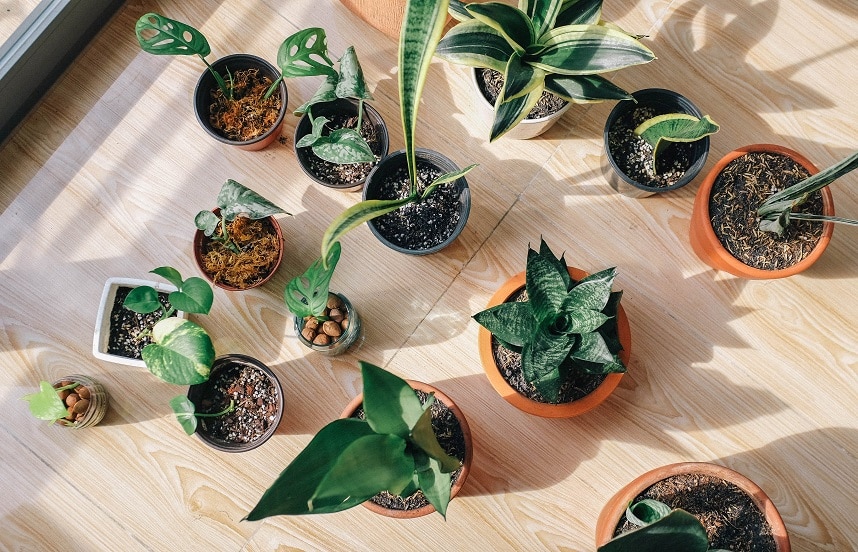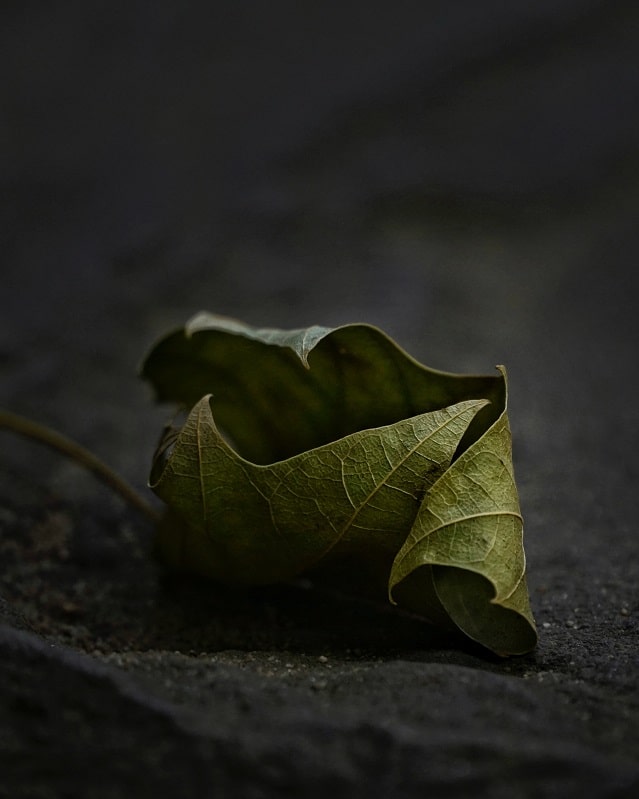Discover tipa for growing bamboo indoors with our expert tips. Explore the best varieties, lighting conditions, watering schedules, and maintenance techniques for lush and thriving indoor bamboo plants in your home.
Are you interested in bringing a touch of greenery into your home? Look no further than bamboo! Growing bamboo indoors is not only a beautiful way to add some natural decor to your space, but it also offers numerous benefits. From their elegant appearance to their air-purifying properties, bamboo plants can thrive indoors with a little care and attention. In this article, we will share some valuable tips and tricks to help you successfully grow bamboo indoors, allowing you to enjoy the beauty and tranquility of nature right in the comfort of your own home. So, let’s get started on this wonderful indoor gardening journey together, shall we?
Choosing the Right Bamboo Species
When it comes to growing bamboo indoors, choosing the right species is crucial. It’s important to consider the height and width of the bamboo plant to ensure it fits well within your indoor space. Some bamboo species can grow up to several feet tall, while others are more compact. Additionally, research the sunlight requirements of different bamboo species. Some varieties thrive in full sunlight, while others prefer partial shade. Lastly, determine the temperature and humidity requirements of each species. This will help you provide the optimal growing conditions for your bamboo plant.
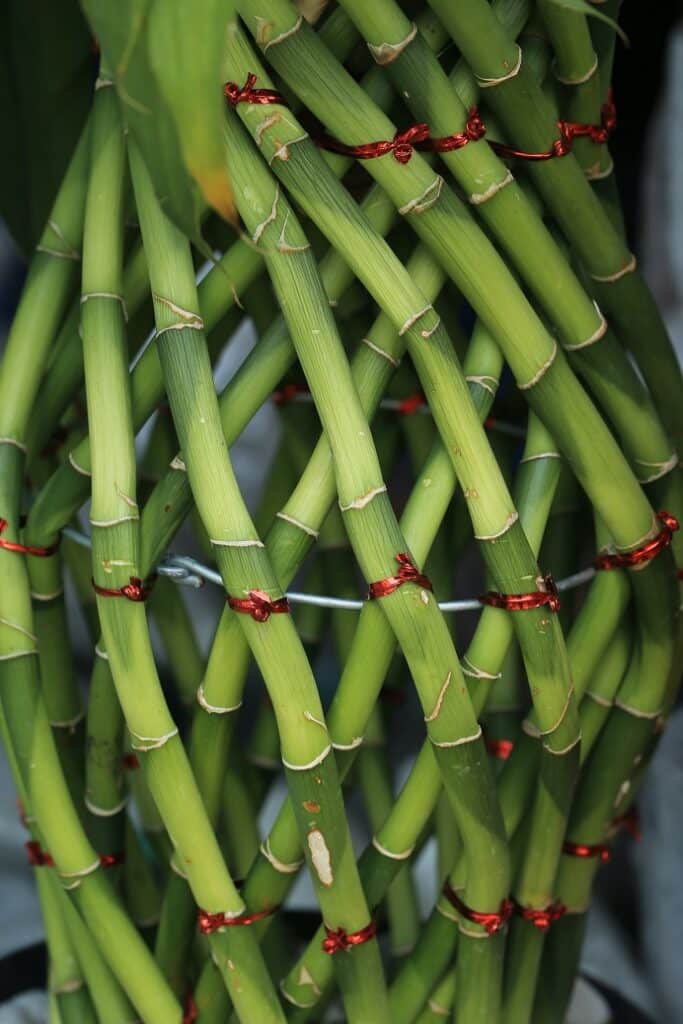
Selecting the Right Container
Choosing the right container for your indoor bamboo is essential for its health and growth. Firstly, it’s important to select a container with good drainage. Bamboo plants do not like to sit in waterlogged soil, so a container with drain holes at the bottom is ideal. Additionally, ensure that the container is large enough to accommodate the bamboo’s root system. Bamboo plants have a tendency to grow quickly and develop an extensive root system, so a spacious container will provide enough room for the roots to expand. Lastly, consider the material of the container for proper insulation. Choose a container made of materials like ceramic or plastic that can help insulate the roots and regulate temperature.
Preparing the Planting Medium
Creating the right planting medium is crucial for the healthy growth of your indoor bamboo. Start by preparing a well-draining soil mixture. Bamboo plants prefer loose and well-aerated soil, so adding perlite or sand to the potting mix can improve drainage. Additionally, adding organic matter such as compost or peat moss can help retain moisture in the soil, providing a healthy environment for the bamboo roots. Lastly, ensure the pH of the soil is suitable for bamboo growth. Most bamboo species prefer slightly acidic to neutral soil with a pH range of 6.0 to 7.0. You can test the pH of your soil using a soil testing kit available at garden centers.
Providing Adequate Lighting
Lighting is one of the key factors in successfully growing bamboo indoors. Place your bamboo near a south-facing window to maximize sunlight. South-facing windows typically receive the most direct sunlight throughout the day. However, if your indoor space lacks sufficient natural light, consider using artificial grow lights. There are various types of grow lights available in the market, including fluorescent and LED lights. When using grow lights, position them closer to the bamboo plant to provide the necessary intensity. Additionally, remember to rotate the bamboo regularly to ensure even growth. This will prevent the plant from leaning towards the light source.
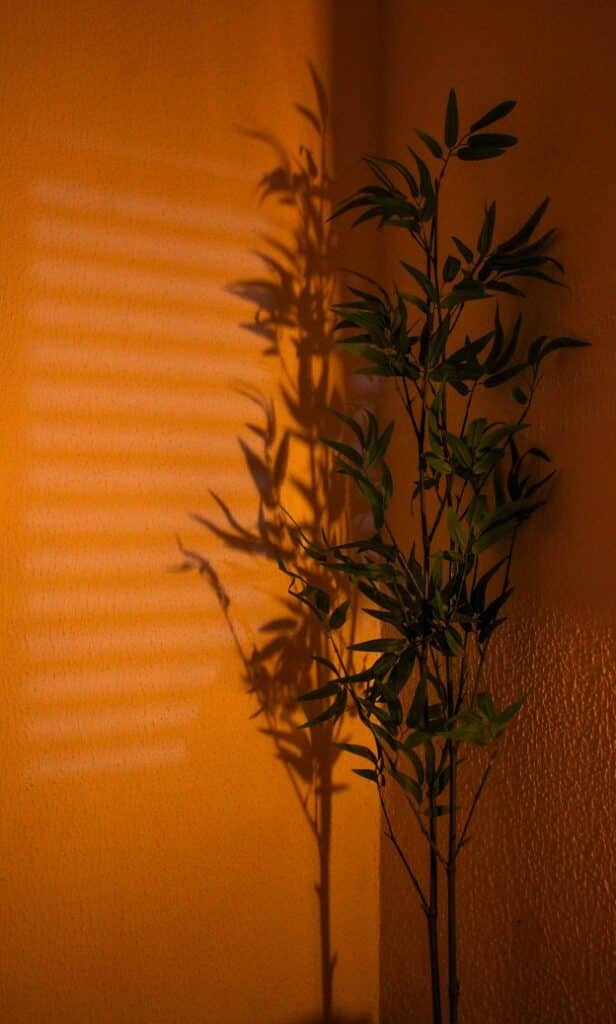
Maintaining Optimal Temperature and Humidity
To ensure the healthy growth of your indoor bamboo, it’s important to maintain optimal temperature and humidity levels. Keep the room temperature between 60-80°F (15-27°C). Bamboo plants thrive in warm temperatures, but it’s important to avoid extreme temperature fluctuations. Avoid placing your bamboo near air vents or drafts that can expose it to sudden temperature changes. Additionally, bamboo plants prefer higher humidity levels. You can increase humidity by using a humidifier in the room or misting the bamboo leaves with water. This will help recreate the tropical environment that bamboo plants naturally thrive in.
Watering and Feeding
Proper watering and feeding are essential for the overall health for growing bamboo indoors. Water the bamboo thoroughly but allow the soil to dry slightly between watering. Overwatering can lead to root rot and other fungal diseases, so it’s important to find the right balance. When watering, make sure to use non-chlorinated water. Some tap water contains high levels of chlorine, which can damage the bamboo. If you’re unsure about the chlorine levels in your tap water, it’s best to use filtered or distilled water. In terms of feeding, fertilize your bamboo with a balanced liquid fertilizer every 2-4 weeks during the growing season. This will provide the necessary nutrients for healthy growth.
Pruning and Training
Pruning and training your indoor bamboo plant is necessary to maintain its shape and appearance. Prune the bamboo to shape it and remove any dead or damaged leaves. This will help promote new growth and keep the plant looking neat and tidy. When pruning, use clean and sharp pruning shears to avoid damaging the plant. Additionally, consider training the bamboo by tying it to stakes or trellises for support and desired growth patterns. This is especially important for taller bamboo species that may need extra support as they grow. Regularly removing any yellow or brown leaves will also contribute to a neat and attractive appearance.
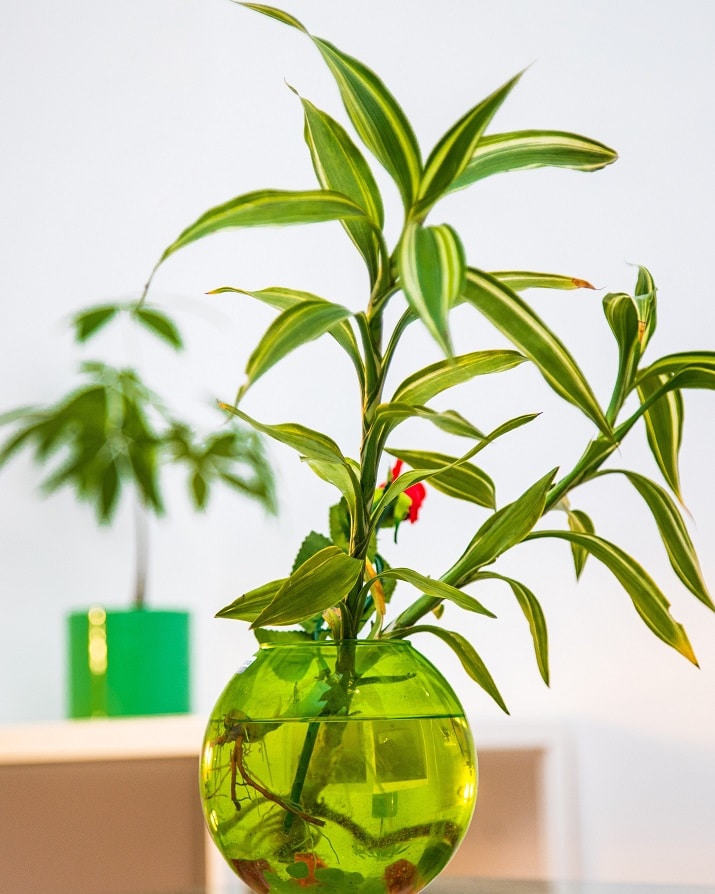
Pest and Disease Control
Keeping an eye out for pests and taking measures to prevent and control them is essential for the health of your indoor bamboo. Regularly inspect the bamboo for signs of common pests such as aphids or spider mites. These pests can infest the leaves and stems of the plant. If you notice any pest infestations, treat them with organic insecticides or neem oil. These natural remedies are safe for the bamboo plant as well as the environment. Additionally, avoid overwatering your bamboo as it can lead to root rot and fungal diseases. Maintaining proper watering practices will help keep your bamboo healthy and disease-free.
Avoiding Common Mistakes
To ensure the success of your indoor bamboo, it’s important to avoid some common mistakes that can negatively impact its growth. First and foremost, avoid overwatering the bamboo as it is susceptible to root rot. Remember to allow the soil to dry slightly between watering to prevent waterlogged conditions. Secondly, avoid exposing the bamboo to extreme temperatures or drafts. Sudden temperature fluctuations can stress the plant and cause damage. Lastly, avoid using tap water with high levels of chlorine, as it can harm the bamboo. Opt for non-chlorinated or filtered water to ensure the health of your bamboo plant.
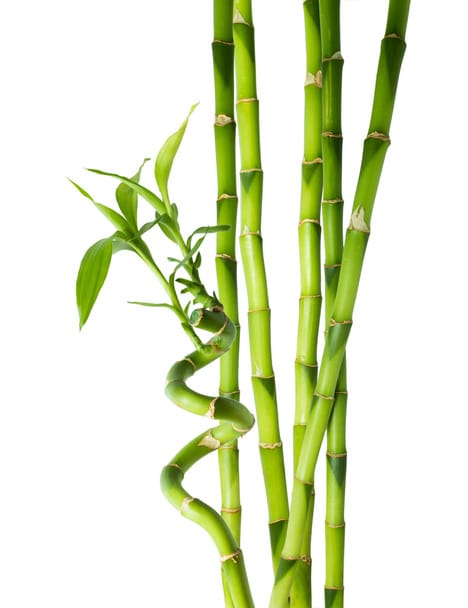
Propagating Bamboo
If you’re interested in expanding your collection of bamboo or want to share your plant with others, propagating bamboo is a great option. There are different methods you can choose from: division, cuttings, or seeds. Division involves separating a portion of an existing bamboo plant and replanting it. This is a popular method as it allows you to create new plants while maintaining the characteristics of the parent plant. Cuttings involve taking a stem cutting from a mature bamboo plant and allowing it to root in water or soil. Lastly, growing bamboo from seeds is another option, although it may take longer to see results. Regardless of the method you choose, make sure to follow the specific propagation instructions for that particular method. Provide the necessary care, including proper watering, lighting, and temperature, to ensure the successful growth of your propagated bamboo.
Conclusion
By following these tips and guidelines, you can successfully grow bamboo indoors. Remember to choose the right species, provide the necessary lighting and temperature conditions, and ensure proper watering and care. With a little effort and attention, you can enjoy the beauty and tranquility of bamboo within the comfort of your own home. So go ahead, bring a touch of nature indoors with your very own indoor bamboo garden.



